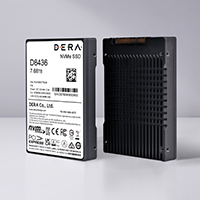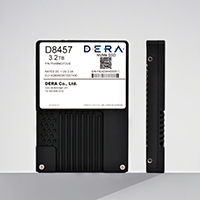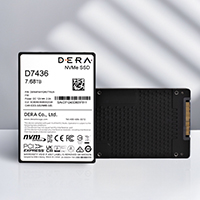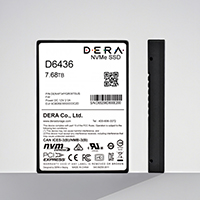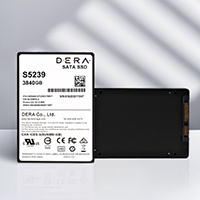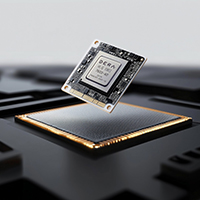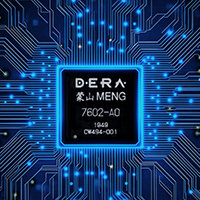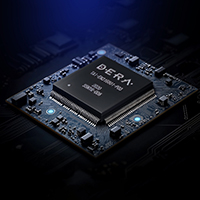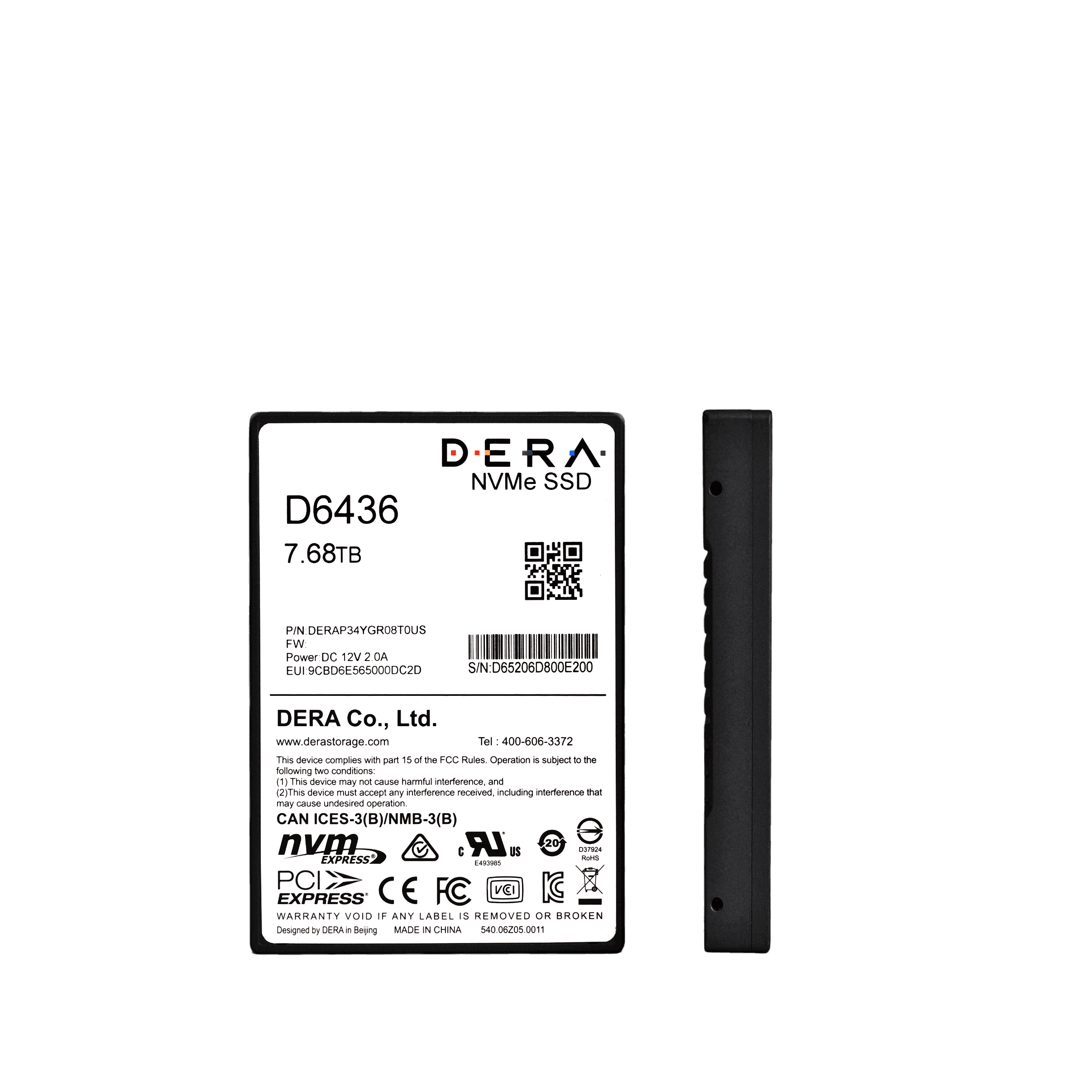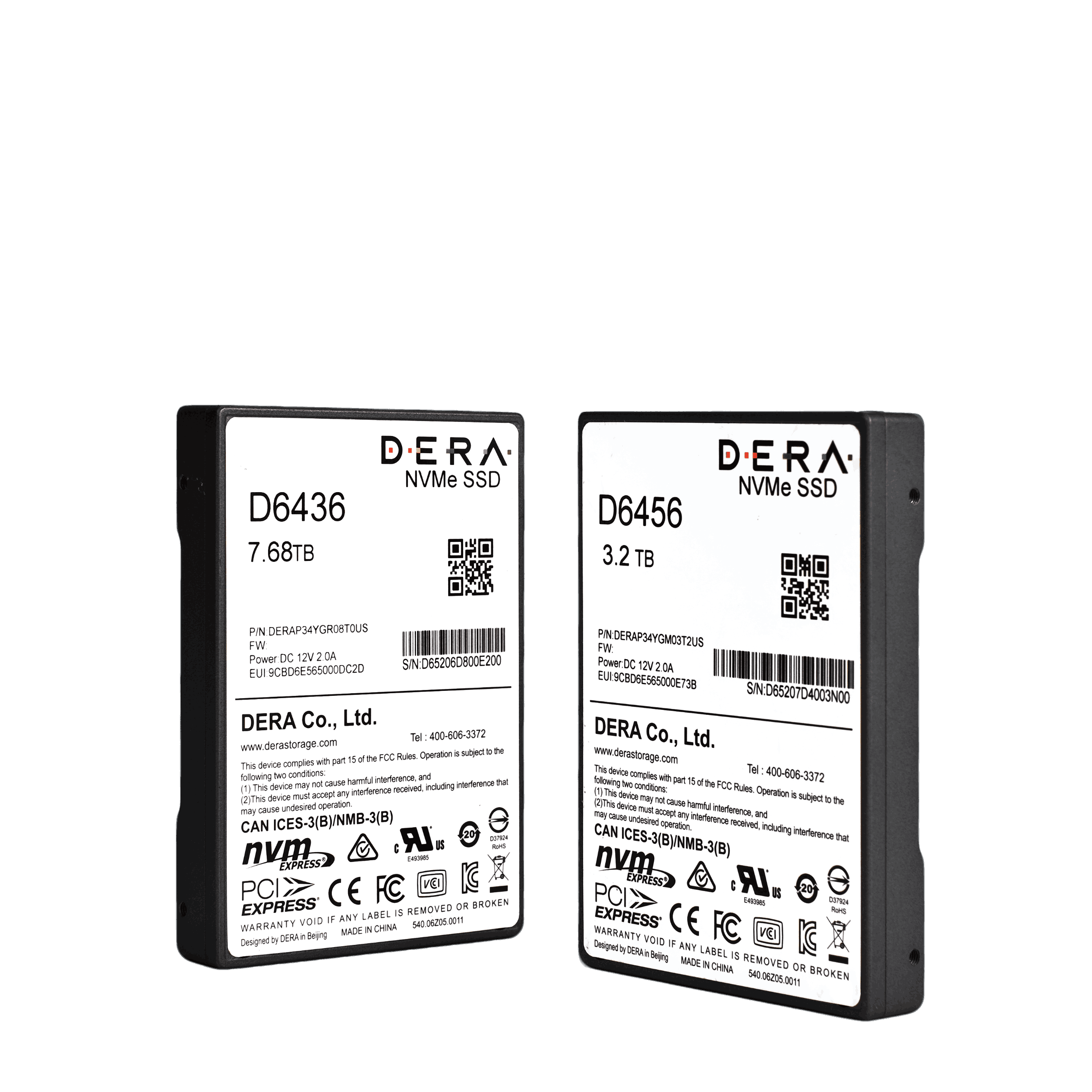
SUMMARIZE
1. Database operations revolve around full-lifecycle data management. In storage, DERA NVMe SSDs play a critical role. Designed specifically for flash storage, NVMe boosts hard drive-database interaction across performance, capacity, and more.
2. After data ingestion—whether structured (relational databases) or semi/unstructured (non-relational)—DERA NVMe SSDs enable fast writes via high-speed PCIe. Low latency ensures rapid data persistence even at scale, with multi-layer data protection safeguarding integrity, consistency, and security.

POINT
As the internet becomes increasingly pervasive, exponential data growth has posed severe challenges to traditional infrastructures. Server capacity shortages, storage demands far exceeding projections, and overburdened legacy storage architectures exemplify the strain:
High-concurrency access tests system responsiveness as massive users request data simultaneously.
Query efficiency and timely feedback remain critical issues—how to deliver fast, accurate results to meet real-time demands is urgent amid data surges.
Thus, building large-capacity, high-performance service platforms has emerged as the future norm.
CASE
A large state-owned conglomerate addressed its challenges by adopting an Oracle RAC solution based on open x86 architecture, complemented by high-performance NVMe SSDs as the primary storage medium. This approach delivered exceptional storage performance for its database services.
-
Challenge
Difficulty in performance upgrading and capacity scaling | Exorbitant costs | Inadequate technical support and service quality
-
Solution
The client addressed its challenges by deploying an Oracle RAC solution based on open x86 architecture, fully leveraging high-performance NVMe SSDs as the storage medium. This approach delivers exceptional storage performance for database services, enabling robust scalability and low-latency operations.
-
Benefit
Benefiting from the exceptional I/O performance of DERA enterprise NVMe SSDs, the new database system achieves:
● 200% higher throughput compared to the legacy system
● 90% lower latency
Additionally, the new architecture eliminates reliance on traditional minicomputers and SAN storage, offering robust scalability to meet evolving business needs.

